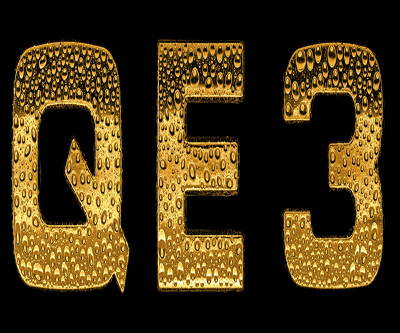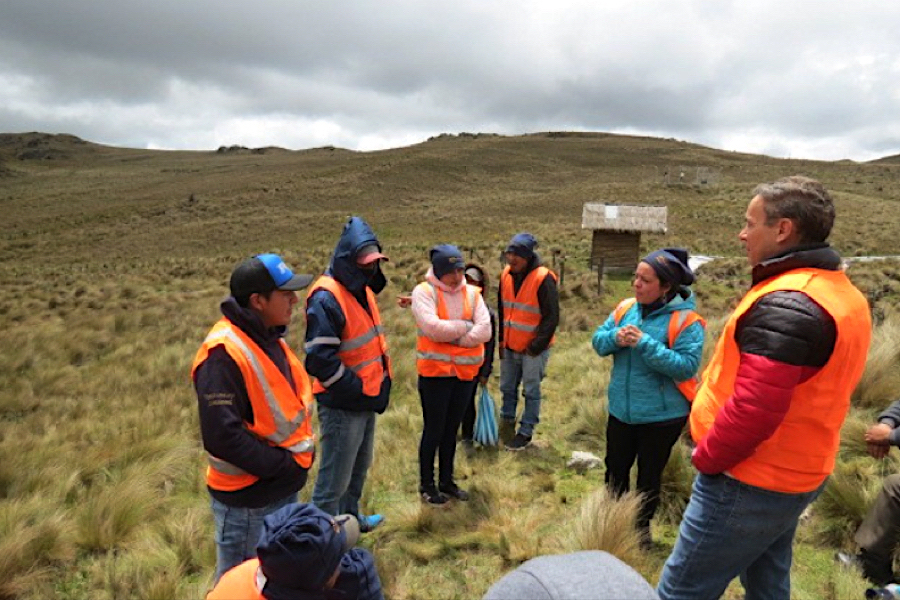Gold, QE3 and antibiotics

Gold suffered its sixth down day in a row on Thursday, with an ounce of the yellow metal changing hands for $1,560.
After hitting a high for the year, but failing to scale the $1,800 an ounce bar at the end of February, gold has taken a few hard knocks on the way to its current trading level. The spikes downward have all been thanks to actions or pronouncements by the Fed and the fortunes of the precious metal seem increasingly linked to monetary policy in the US.
Gold bugs are hoping for a third round of quantitative easing which has been a massive boon for the yellow metal – gold had almost doubled on the back of QE1 which kicked off in December 2008, QE2 (first mooted in August 2010) and ‘Operation Twist’ which was started in September last year and extended to the end of the year.
But now a growing number of analysts are pointing out that returns from quantitative easing are fast diminishing. John Nyaradi writing for MarketWatch has a good QE analogy:
This is a relatively new phenomenon in which markets are realizing and analysts, (even central bankers) are saying that each round of quantitative easing has smaller impact and brings greater risks for the global economy. Last week’s interest rate cuts by the European Central Bank, the People’s Bank of China and more quantitative easing from the Bank of England were largely ignored by global markets which, in the “good old days,” would have rallied hard on this sort of same-day global intervention. Markets also yawned at the Fed’s latest round of “Operation Twist” that was recently extended to the end of the year.
Like antibotics fighting a virus, quantitative easing is losing its effect as the virus grows immune and mutates to offset continued attacks.
{{ commodity.name }}
{{ post.title }}
{{ post.date }}

2 Comments
Who Who
Antibiotics are useless against virus they are for bacteria. That is why there is no cure for the common cold a virus. Still maybe the analogy still works. We have a nasty cold and the Fed is feeding us antibiotics which are ineffective against the cold but have unintended consequences on the rest of the body.
JJ Butler
If I may: Market players “are hoping for a third round of quantitative easing” while gold bugs are so for protection. The distinction is all the difference.